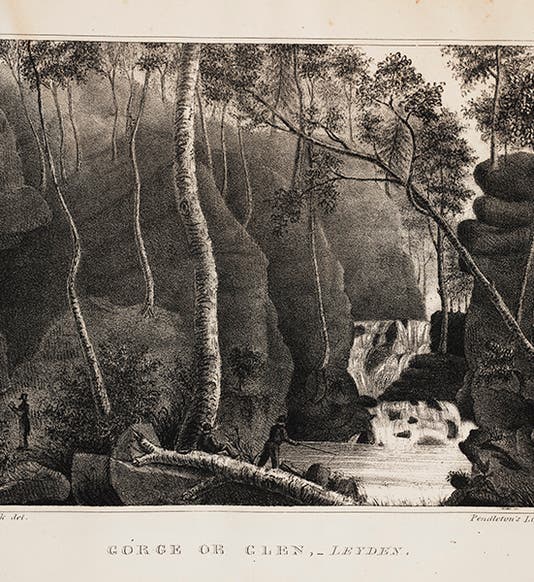Scientist of the Day - Orra White Hitchcock
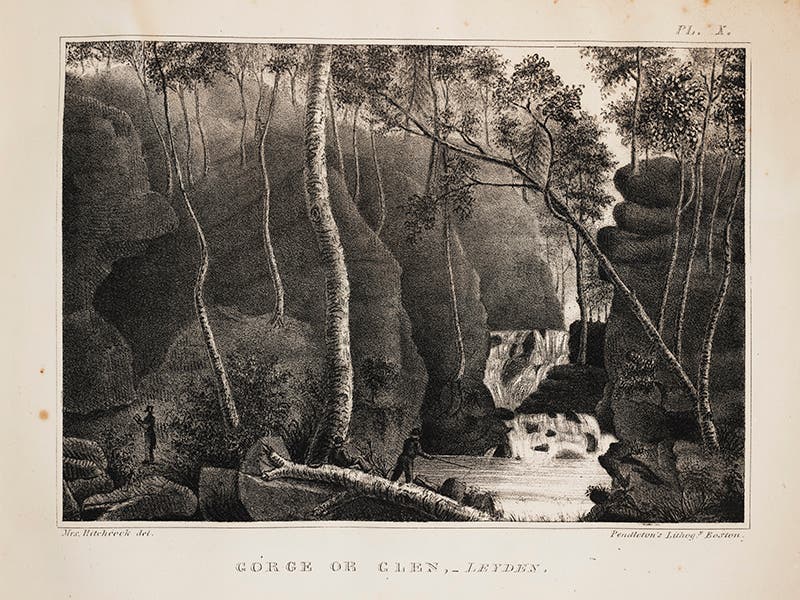

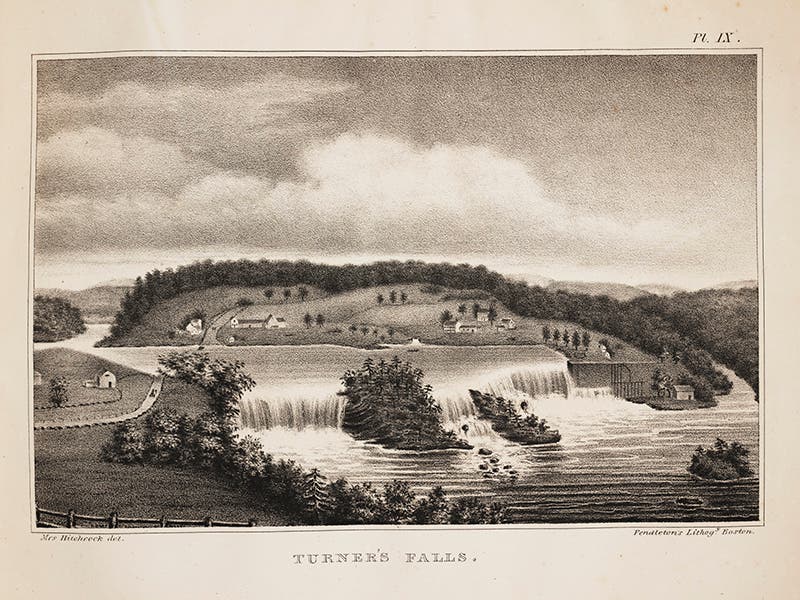
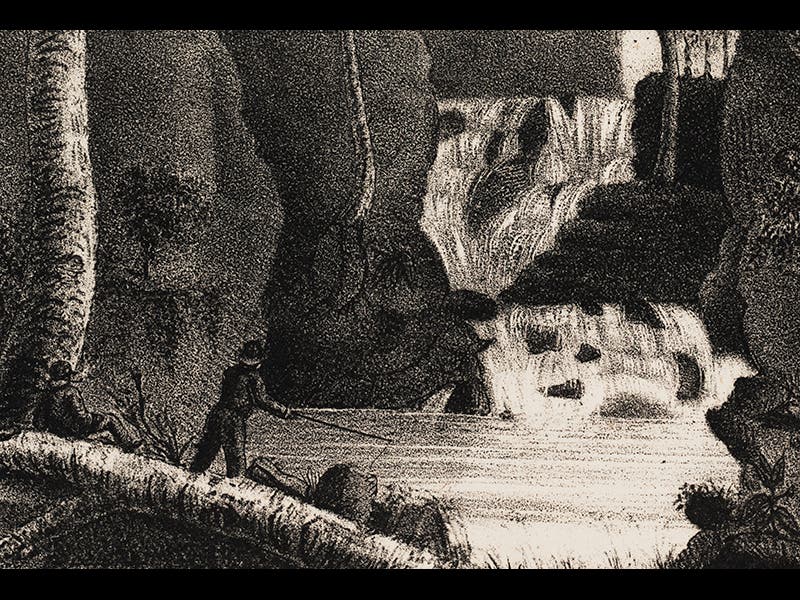
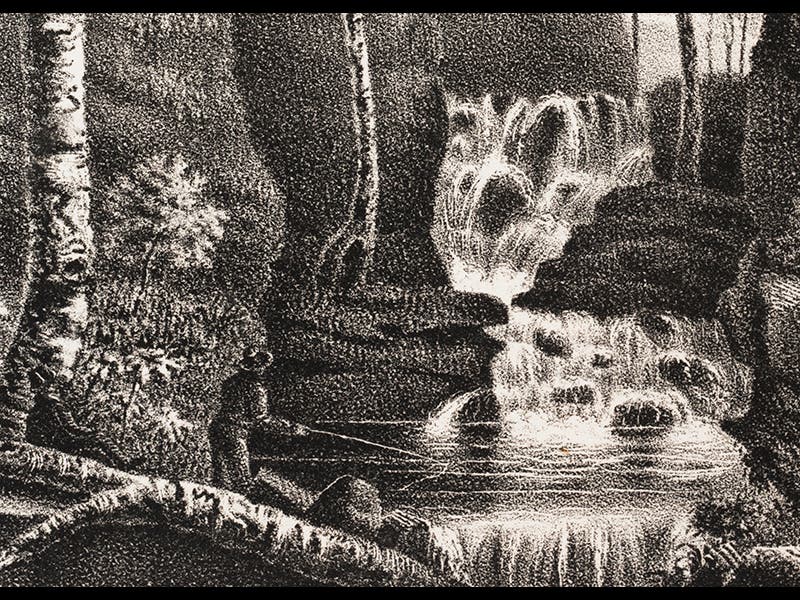
Orra White Hitchcock, an American illustrator, was born Mar. 8, 1796. Orra is the earliest accomplished American-born woman scientific artist, the equivalent, in many ways, of the more-famous European, Maria Sibylla Merian. Orra was married to Edward Hitchcock, one of the most eminent 19th-century American geologists, and many of her drawings were executed for Edward's various publications, such as his Report on the Geology, Mineralogy, Botany, and Zoology of Massachusetts (1833). For this work, Orra drew landscapes of the Connecticut River Valley, geological strata, Triassic footprints (which Edward is famous for discovering, although he did not know they were made by dinosaurs), and individual plant and animal specimens. We displayed one of Orra's landscapes (first image) from the 1833 Report, in the form of a lithograph, in our 2013 exhibition, Crayon and Stone, which is not online. In fact, we displayed her drawing twice, since we also own the 1835 edition of the Report, and we wanted to show what happens when two different lithographers are asked to make a print from the same drawing. Images four and five above show a detail from the first image; the fourth is from the 1833 edition, and the fifth from the 1835 edition. The other lithographs above depict Autumn in Amherst (second image) and Turner’s Falls (third image).
Much of Orra's original artwork is preserved at Amherst College in Massachusetts, where the Hitchcocks lived and Edward taught for 38 years; others are at Deerfield Academy, where Orra taught before marrying Edward. Orra, like many talented wives who happened to be married to more famous husbands, was ignored by historians for a century after her death, but she has been having something of a revival of late, and the Mead Art Museum at Amherst College mounted an exhibition in her honor in 2011.
Orra had a carte de visite made around 1860, several years before her death from tuberculosis. Cartes de visite by women are uncommon; in this case, it is invaluable, since it provides one of the few portraits we have of Orra Hitchcock (sixth image).
Dr. William B. Ashworth, Jr., Consultant for the History of Science, Linda Hall Library and Associate Professor, Department of History, University of Missouri-Kansas City

